La Bayadère boys
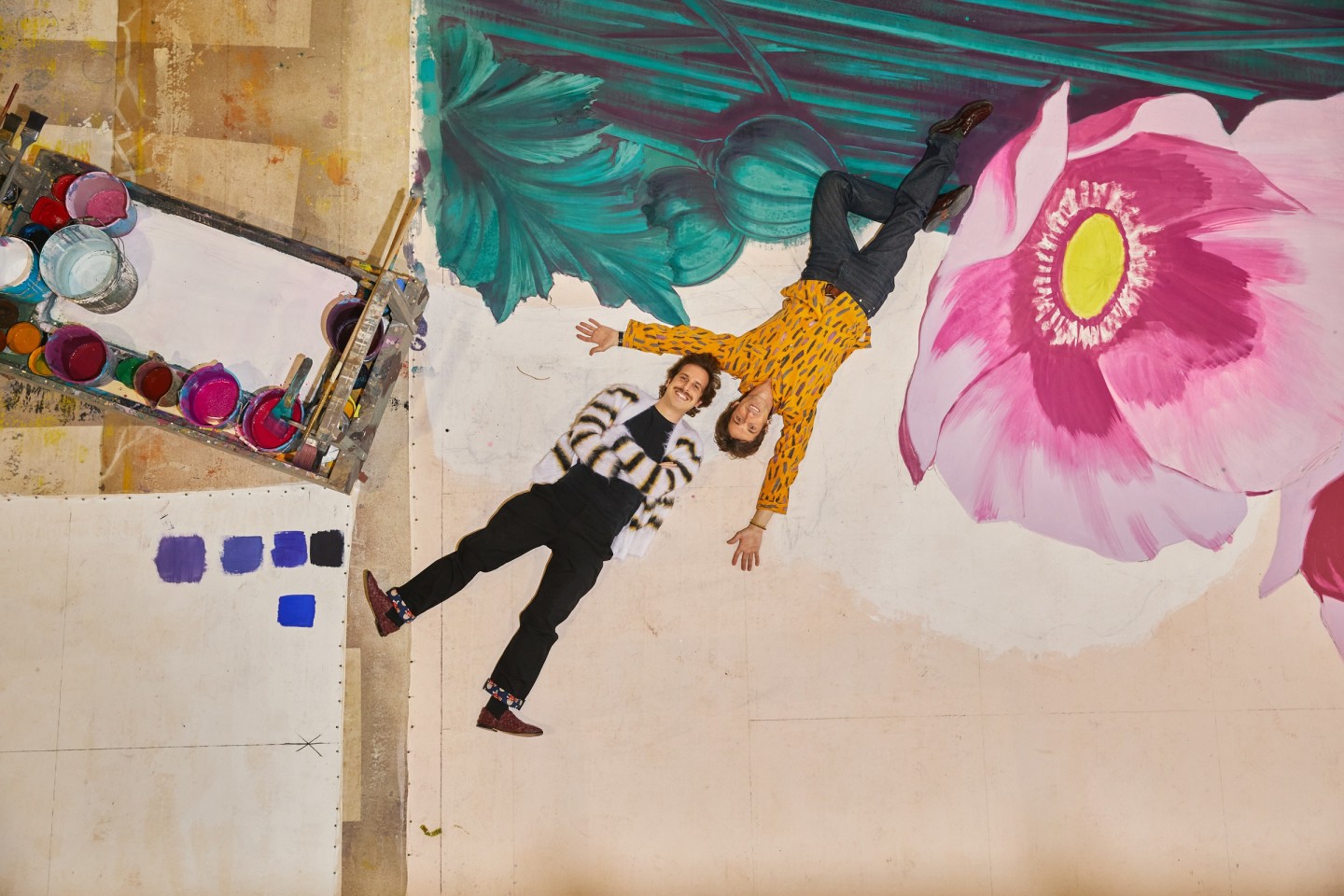
Roula Khalaf, Editor of the FT, selects her favourite stories in this weekly newsletter.
The Laboratorio di Scenografia of the Teatro dell’Opera di Roma is, rather counter-intuitively, not part of the theatre it serves. Nor is it even adjacent to it. In fact, you have to walk about half an hour across town to find the theatre’s set-design atelier in a massive warehouse, overlooking the Circus Maximus, where artists have been creating sets by hand for several generations.
When French ballet dancer Benjamin Pech and Spanish artist Ignasi Monreal met four years ago in Rome, both having recently moved to the city, neither imagined their relationship would spark a professional collaboration – let alone one that would see them passing weeks on end in the light-saturated reaches of the historic Laboratorio’s upper floors. But all throughout this winter, they’ve been doing just that: masterminding a fever dream of a set for Pech’s virtuoso production of the 19th-century masterpiece La Bayadère (The Temple Dancer). Long an aspiration of his to stage, it will be performed across several days at the end of this month.
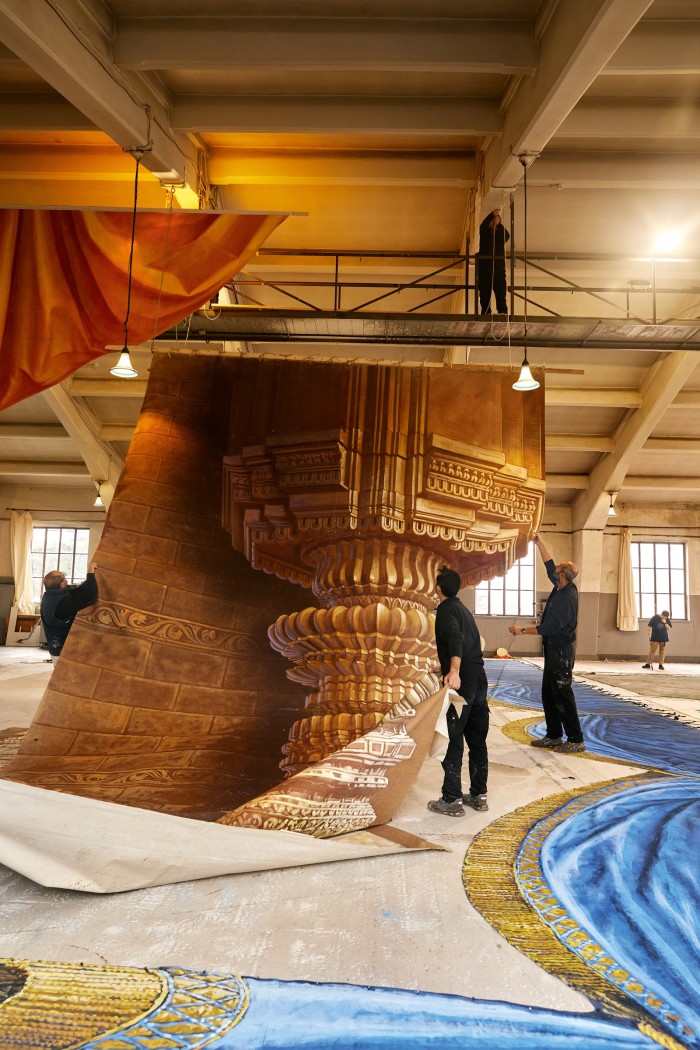
In 2016, Pech relocated from Paris, where he had been an étoile in the corps de ballet since 2005, to assume an associate artistic director role at the Opera di Roma (where he also performs). Monreal, a painter and illustrator, was commuting between Rome and Lisbon after several years in London, making private commissions and working on a consulting basis for Gucci. He and Pech met at a party at La Posta Vecchia, the lush seaside hotel in Lazio – though fate (or maybe just the Eternal City’s small social circles) had already conspired to put each on the other’s radar. Pech took Monreal to a production of Prokofiev’s L’Angelo di Fuoco (The Fiery Angel) for their first date. Monreal, who’d never been to the Teatro, loved it. “From the beginning it was kind of a threesome with the theatre!” Pech laughs.
It was Pech who first suggested, albeit obliquely, the artistic collaboration idea in 2021. “I was doing Swan Lake outdoors in the Circus Maximus,” he says, gesturing to the huge windows at one end of the atelier, which overlook the field in which the ancient Roman stadium stands. “There was no system for changing sets, and I was struggling with what to do to make some magic, but what we did have was this big projection screen as a backdrop. I thought, ‘Maybe we can find a photo of a lake to put up there,’” Pech says, grinning. “Essentially I decided to manipulate Ignasi a little bit. I showed him what might be projected up there.”
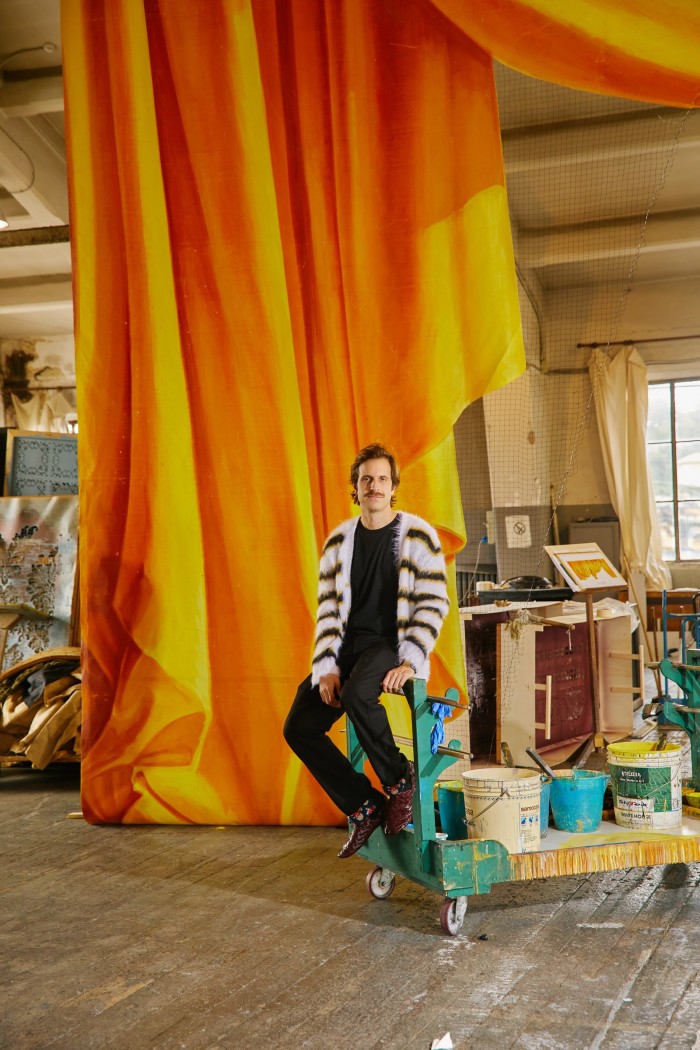
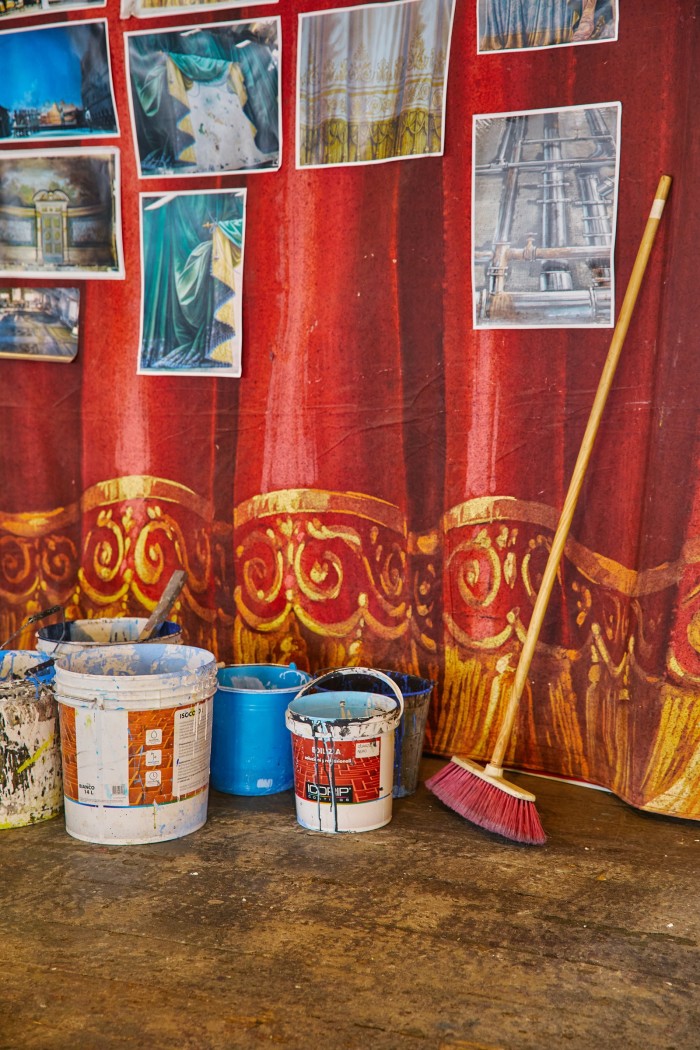
Monreal laughs at the memory. “It was like a photo from a Google search for ‘lake’. Very Disney. I said, ‘No, no, no, this isn’t possible.’” Pech interjects. “I was pretty sure his reaction would be to say, ‘Let me try something.’”
Monreal proposed an animated landscape created from a series of iPad paintings he made, which shifted and evolved subtly with the music and the storyline. “The big change for me was the different intention,” Monreal says. “What I was doing was totally in service to the dancers, and the music.” It was a hit.
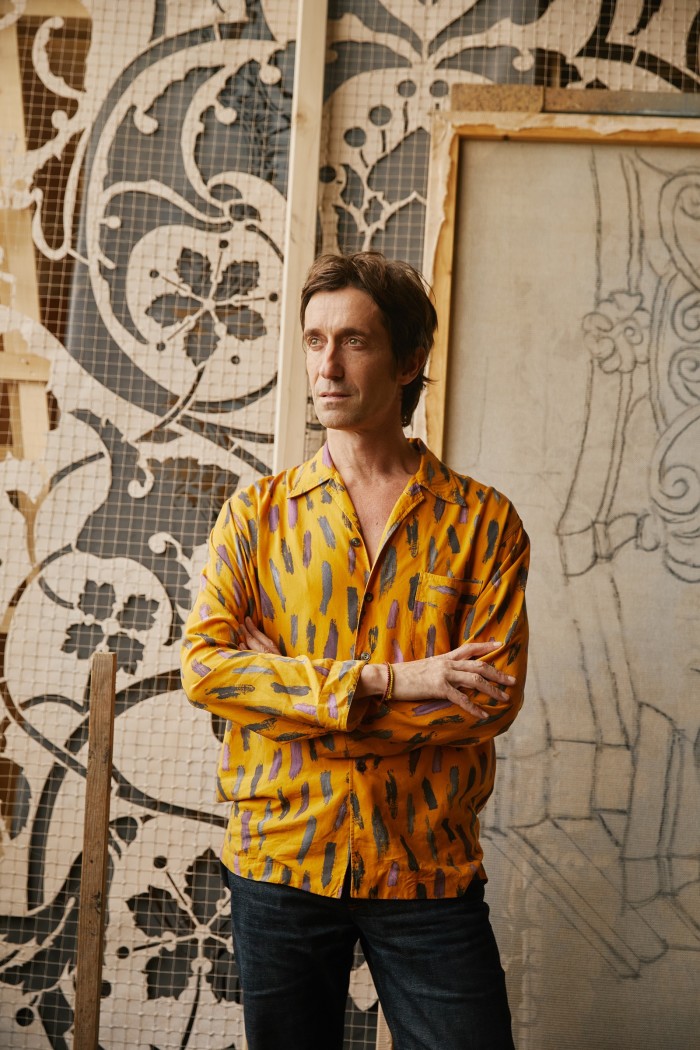
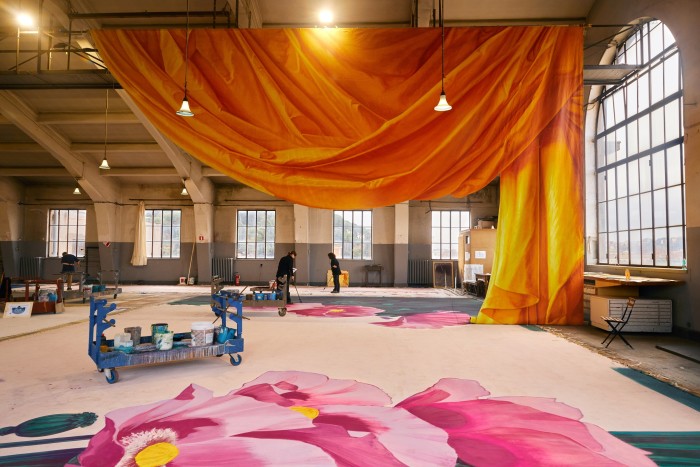
Which brings us to this sunny winter in the atelier – and to La Bayadère. “This is completely opposite to how the Circus Maximus staging was done,” Monreal says. Adds Pech: “It was also a deliberate decision to do everything very old-style, with everything made and painted by hand.” Access to the Laboratorio heavily influenced this decision. “These traditions were invented here 100 years ago,” Monreal says. “The artisans [and their counterparts in Palermo] are the only people in Italy, maybe in Europe, still working this way.” He produces sketches and paintings on the iPad; the Laboratorio’s team, led by its director Danilo Mancini, reproduces them on a large scale.
It had been some time, however, since a set had been created and built in its entirety. “They’d been focused on restoring older sets,” Monreal says of the nearly 1,000 examples in storage on site. “So they were really excited about the idea of doing something from scratch.” Designs were presented to Opera di Roma superintendent Francesco Giambrone. “He was very taken by Ignasi’s ideas, his universe,” says Pech. Both, however, credit Mancini’s conviction and commitment to the project, “which was a lot of work”, in getting it over the line.
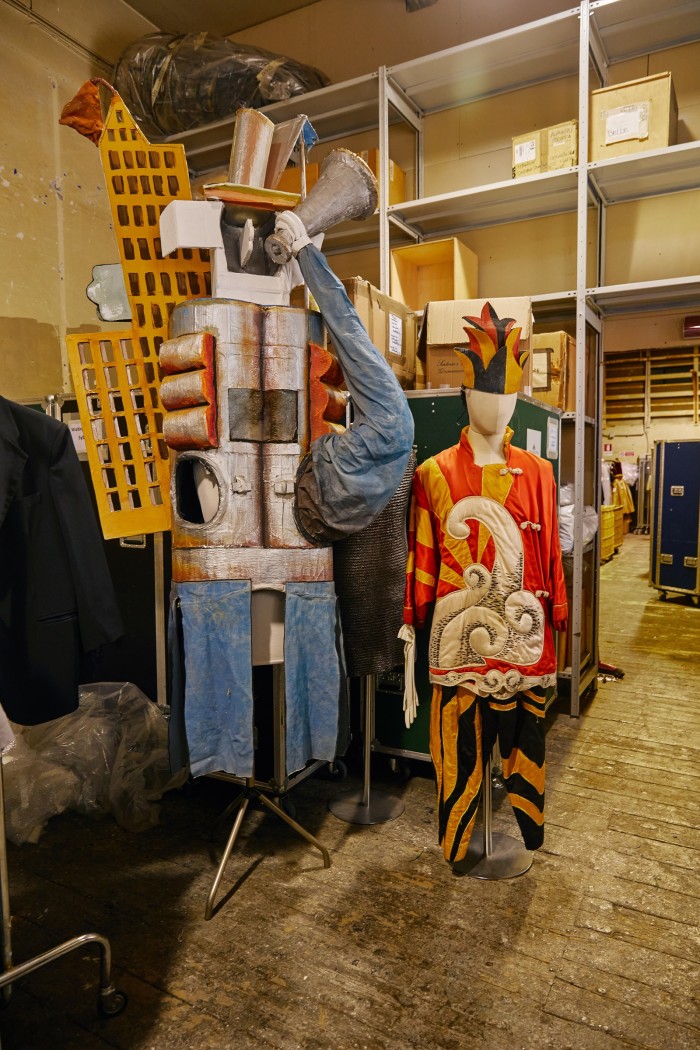
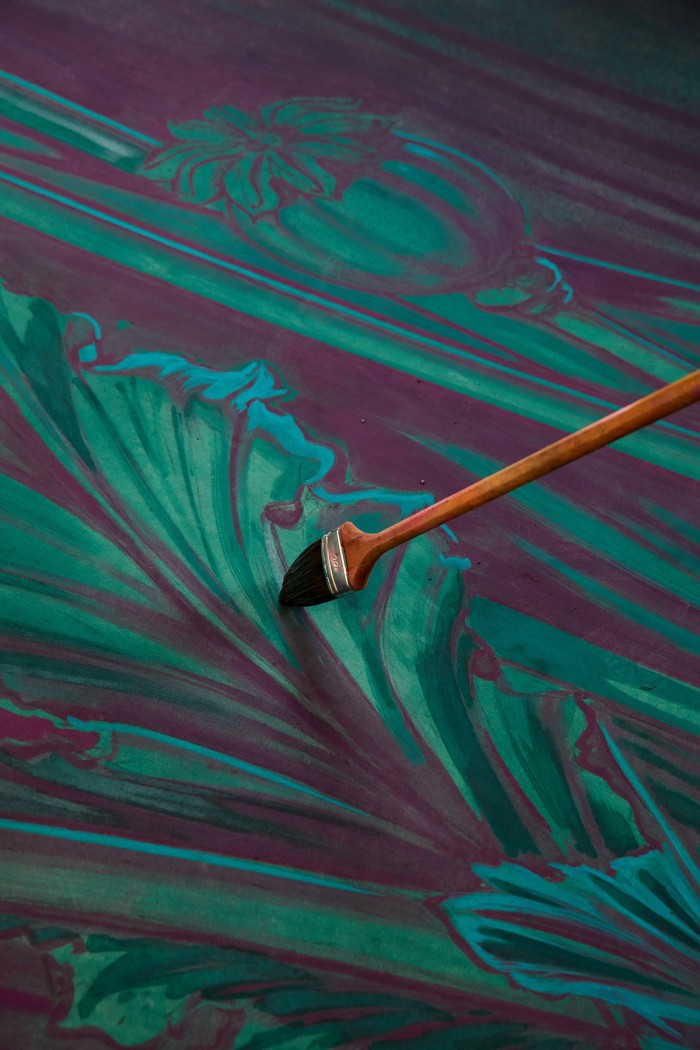
Monreal enumerates the joys of collaborating on site. “I’m constantly feeling around for the limits of this sandbox I’m playing in,” he says. Then there’s the history and energy of the building. “It feels like you’re in another time. When the light pours in, it’s just magical.”
He takes me to see the paint-mixing room, its rows of powder pigments piled high in bins like spices in a souk, with formulations that haven’t changed in more than 100 years. We ascend a rickety ladder to walk along a narrow causeway suspended high above the floor, which is covered in vast canvases in various stages of painted completion. “If I have any true talent, it’s as a painter,” he says. “But this was something of an Achilles heel, because the colours change a lot as they dry.” In response, he assesses the 9m-tall bright-yellow curtains (and the great oversized poppies for one of the final scenes) from above to gauge the final contrast. The tools of the trade used to make them remain largely unchanged in generations: brushes as tall as brooms are expertly wielded like mops in reverse, the Laboratorio artists dragging out straight lines of colour with seeming effortlessness.
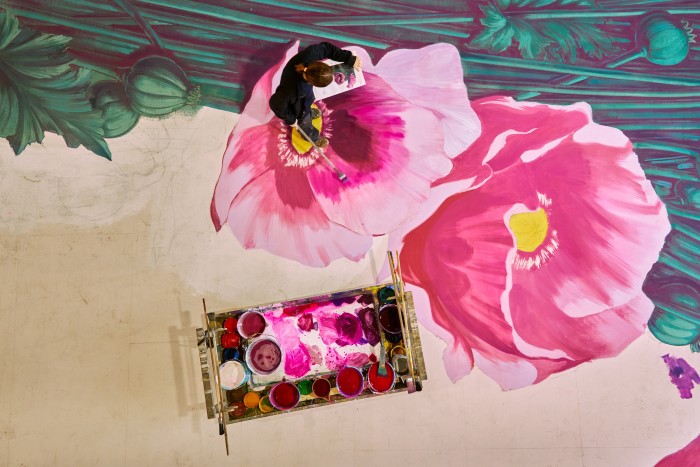
The technical aspects of set design posed further revelations and challenges – and not just artistic ones. “We almost never fight in our relationship. In the Laboratorio…” Pech laughs. Says Monreal: “He’s the most difficult client I’ve ever had. I normally charge for changes, and I’ve made over 120 variations of this.”
Pech’s vision, however, remains constant: “I have the dance entirely mapped out. Ignasi doesn’t see it, but the whole thing is in my head. You have to find the balance between the set, its placement, the energy of the ballet.”
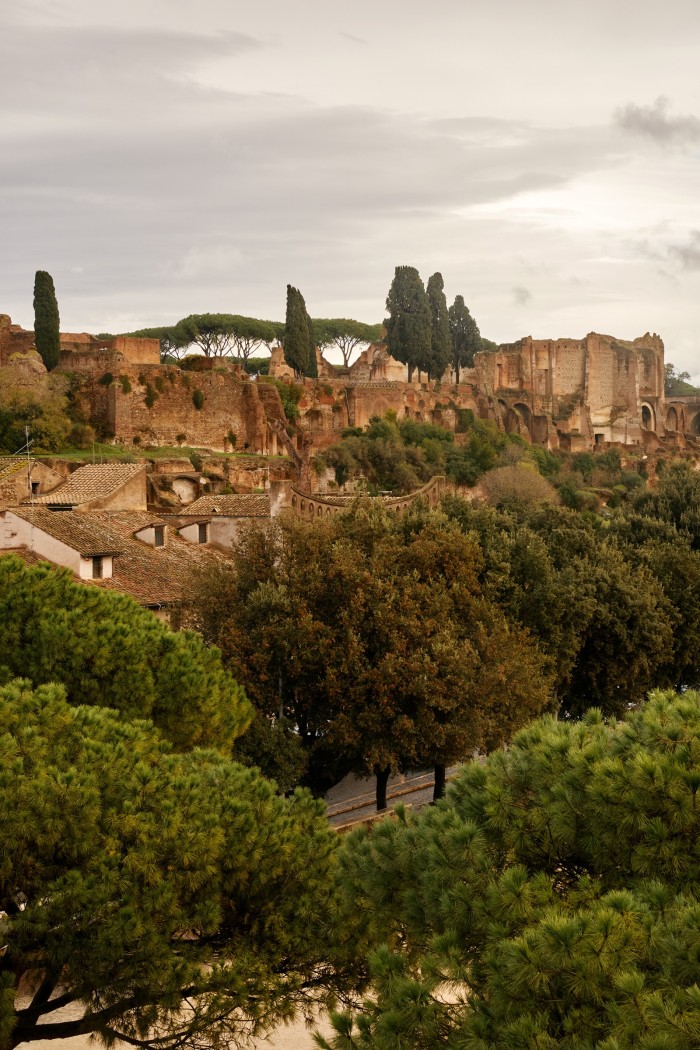
La Bayadère, the ballet Rudolf Nureyev performed in Paris before defecting to the west in 1961, and the last he staged before his death in 1993, is in itself a loaded enterprise for Pech. He has danced every part, and studied the many variations of what he describes as “probably the most restaged of ballets”. “I grew up in this ballet,” he says. “It’s a real legacy. And I knew Ignasi was the right person to capture the grandiosity of La Bayadère.”
La Bayadère is showing at the Teatro dell’Opera di Roma from 25 February to 2 March; operaroma.it
Comments